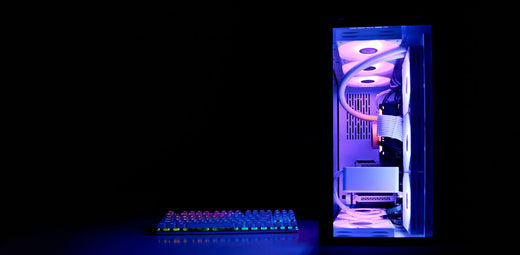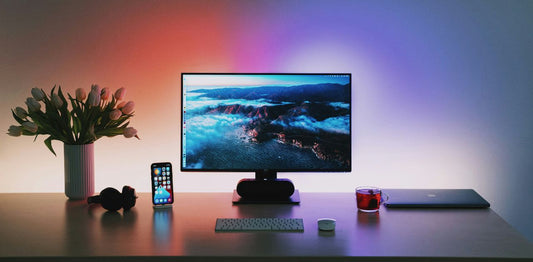Before you start unboxing parts and plugging components in, here is a quick guide on what to check once you start your PC build.
Tools
Make sure you have the proper tools to start your build. Phillips #1 and #2 screwdrivers are the most commonly used screwdriver for building a PC.
Usually, 6-32 and M3 are the most common screws.
It's a good idea to have a precision toolkit that can handle all screws, just in case.
Put screws in a tray, bowl, or a cup while you work. You can also buy a magnetic tray or mat if you're worried about losing any screws or knocking them around.
A 5mm hex nut driver or a 3/16-inch hex nut driver can help avoid issues when installing motherboard standoffs.
A good flashlight or headlamp makes working in the dark sections of the case a lot easier.

Static
Static electricity could kill components in your PC. Use an anti-static mat or a non-static surface like a wooden table.
Avoid working on surfaces or carpets that generate static electricity.
It's important to ground yourself. Before touching any components on your PC, place your hand on an unpainted metal piece of the computer's case.
This will help discharge any static electricity in your body. You can buy an electrostatic wristband to place on the case as well.
Electrostatic wristbands provide a safe path for the excess charge to flow to the earth.
If you really want to be thorough, avoid wearing synthetic fabrics and wool. Cotton and wool clothing gather electricity.

The Manuals!
Keep the manuals for your components handy!
They provide valuable instructions on installation and troubleshooting.
There's no guarantee you won't make any mistakes on your first build, but having the manuals around can mitigate some of those errors.

Wrapping Up
No PC build can begin with the right tools. A precision toolkit is a great resource to add to your arsenal.
Static electricity could cause irreversible damage.
Grounding yourself, wearing electrostatic wristbands, and using proper building surfaces are all important precautions.
And keep the manuals!


















